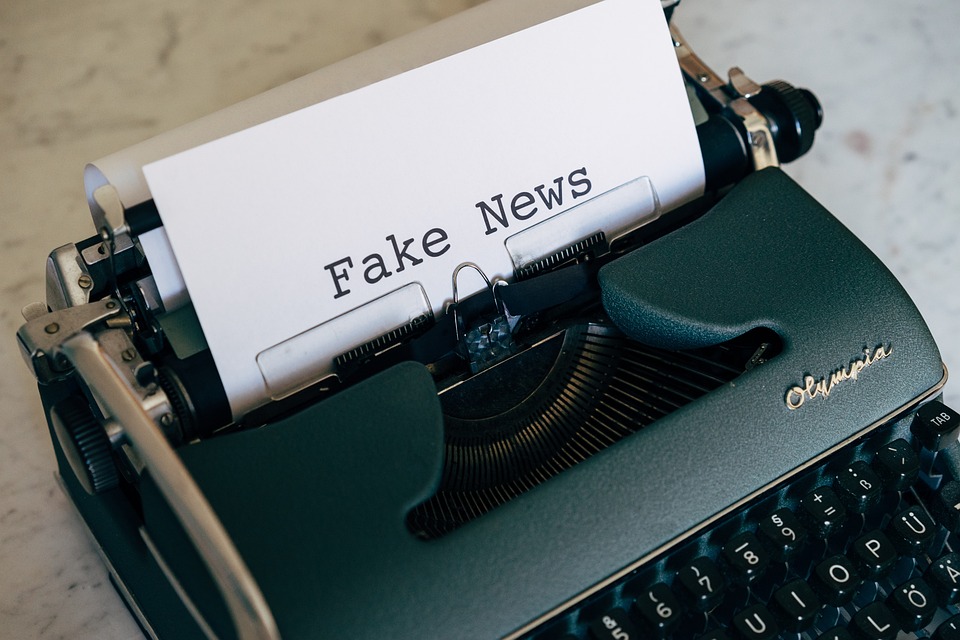Political Discourse in the Age of Misinformation

Once confined to town halls, newspaper columns, and televised debates, the discussion of governance, policy, and leadership has migrated to social media platforms, online forums, and 24/7 news cycles. This shift has democratized the flow of information but has also ushered in an era rife with misinformation.
The consequences are profound, influencing public opinion, elections, and even the stability of democracies worldwide.
The Misinformation Epidemic
Misinformation, defined as false or misleading information spread regardless of intent, has emerged as a potent force in shaping political narratives. Platforms like Facebook, Twitter, and YouTube are fertile grounds for the rapid dissemination of unverified claims.
Algorithms prioritize sensational content, amplifying divisive and emotionally charged narratives over nuanced, fact-based discussions.
For instance, during the 2016 and 2020 U.S. presidential elections, numerous false claims circulated widely. These ranged from exaggerated voter fraud allegations to fabricated scandals involving candidates.
Studies revealed that false news stories on social media were shared more often than factual ones, highlighting a troubling trend: misinformation travels faster than the truth.
The Psychology Behind Misinformation
Understanding why misinformation is so effective requires a dive into human psychology. People are predisposed to confirmation bias, a tendency to favor information that aligns with their preexisting beliefs.
In polarized environments, individuals are more likely to accept misinformation that validates their political stance without critically examining its validity.
Another contributing factor is the “illusory truth effect.” When exposed repeatedly to a piece of false information, people are more likely to believe it—even when they initially knew it was false.
The sheer volume of content in today’s media landscape ensures that misinformation is often seen and repeated, embedding itself in public consciousness.
The Role of Social Media Platforms
Social media platforms have come under fire for their role in propagating misinformation. While companies like Meta (formerly Facebook) and Twitter have implemented fact-checking initiatives and flagged disputed content, critics argue these measures are insufficient.
Algorithms that prioritize engagement often promote divisive content, regardless of its truthfulness.
Moreover, these platforms’ global reach complicates regulatory efforts. What might be considered harmful misinformation in one country could fall under the purview of free speech in another. Balancing the ethical responsibility of preventing harm with the principles of free expression remains a contentious challenge.
The Impact on Political Discourse
Misinformation distorts political discourse by eroding trust in institutions and sowing division among citizens. When people base their opinions on false premises, constructive dialogue becomes nearly impossible.
Politicians and public figures have exploited this environment, using misinformation to manipulate public perception and discredit opponents.
The rise of “fake news” as a political tool has further polarized societies. Accusations of fake news are often weaponized to dismiss unfavorable but factual reporting, undermining journalistic integrity. In such an environment, distinguishing between fact and fiction becomes a Herculean task for the average citizen.
Combating Misinformation
Addressing the challenge of misinformation requires a multi-faceted approach:
Media Literacy
Educating the public on how to critically evaluate information is paramount. Media literacy programs can teach individuals to identify reliable sources, cross-check facts, and recognize biases. By fostering a more informed citizenry, societies can reduce the impact of misinformation.
Technological Solutions
Artificial intelligence and machine learning algorithms can be harnessed to identify and flag misinformation. However, these tools must be designed with transparency to ensure they do not inadvertently censor legitimate discourse.
Policy and Regulation
Governments worldwide are grappling with how to regulate misinformation without infringing on free speech. Collaborative efforts between policymakers, tech companies, and civil society are essential to establish guidelines that balance these priorities.
Initiatives like the European Union’s Code of Practice on Disinformation offer a blueprint for tackling the issue on a systemic level.
Responsible Journalism
Journalists and media organizations play a crucial role in countering misinformation. By adhering to rigorous fact-checking standards and providing balanced reporting, the press can act as a bulwark against false narratives. Partnerships between news outlets and independent fact-checking organizations further enhance credibility.
The Role of the Individual
While systemic solutions are necessary, individuals also bear responsibility. Simple actions—like verifying information before sharing it, diversifying news sources, and engaging in respectful discourse—can collectively mitigate the spread of misinformation.
Encouraging empathy and understanding in political discussions can bridge divides and promote unity.
Conclusion
The age of misinformation presents significant challenges to political discourse, but it also offers an opportunity to rethink how societies communicate and engage. By prioritizing education, accountability, and collaboration, we can navigate this complex landscape and foster healthier, more constructive dialogues.
As citizens, journalists, policymakers, and tech innovators, our collective efforts will determine whether misinformation continues to divide us or spurs us toward a more informed and connected world.






